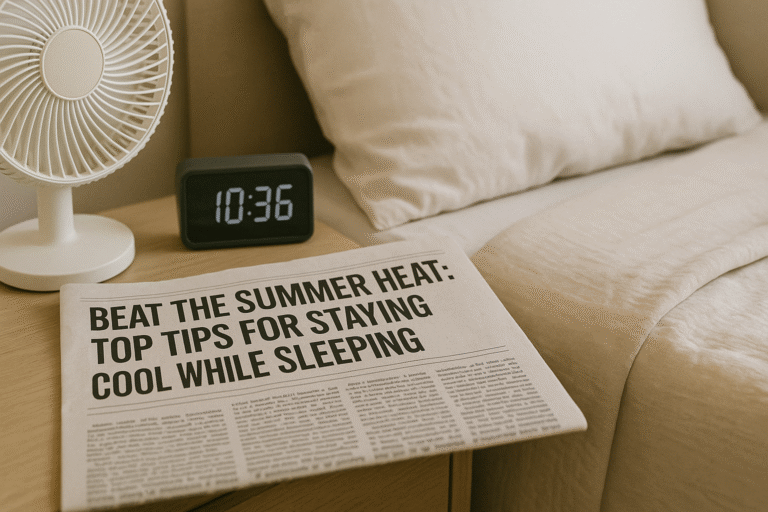In today’s fast-paced digital age, the intersection of social media trends and wellness practices has become a significant focus for many seeking a balanced and healthy lifestyle. One such trend that has garnered attention is the 30-30-30 wellness method, popularized on TikTok. This innovative approach to health encourages individuals to dedicate time each day to achieving a harmonious blend of physical, mental, and emotional well-being. As an experienced journalist specializing in medical topics, I’ve delved into this intriguing trend to provide you with a comprehensive exploration of its benefits, scientific backing, and practical application.
**The Concept Behind the 30-30-30 Method**
At its core, the 30-30-30 wellness method divides an hour and a half of your day into three equal segments of 30 minutes each, focusing distinctly on three core aspects of wellbeing: physical fitness, mental health, and personal development. This structured approach allows participants to holistically enhance their lifestyle without becoming overwhelmed.
1. **Physical Fitness**
The first 30 minutes are dedicated to physical activity, which can be adjusted to fit individual fitness levels and preferences. Whether it’s engaging in a high-intensity interval training (HIIT) session, a calming yoga flow, or a brisk walk, the key is consistency and enjoyment. Regular physical activity is linked with numerous health benefits, including improved cardiovascular health, enhanced mood, and a stronger immune system.
**Scientific Perspective on Physical Activity**
Extensive research underpins the importance of physical activity in maintaining overall health. According to the World Health Organization (WHO), adults should engage in at least 150–300 minutes of moderate-intensity aerobic physical activity per week. The 30-30-30 method’s daily half-hour of focus supports meeting these guidelines, which are proven to decrease the risk of non-communicable diseases and improve mood regulation. Exercise stimulates the release of endorphins, the body’s natural mood elevators, and encourages neuroplasticity, promoting both physical and mental resilience.
2. **Mental Health**
The next segment is a 30-minute dedication to mental health activities. This can include meditation, journaling, mindfulness practices, or any other activity that promotes relaxation and self-awareness. In today’s stress-laden world, taking time to nurture mental health is vital for maintaining overall well-being.
**Understanding Mental Health Practices**
Meditation and mindfulness have long been studied for their benefits on mental health. These practices have been shown to reduce symptoms of anxiety and depression by fostering a more mindful and present-focused mindset. They also enhance emotional regulation, increase attention, and improve the overall quality of life. Journaling, meanwhile, serves as an effective outlet for expressing thoughts and emotions, facilitating better understanding and processing of one’s mental state.
3. **Personal Development**
The final component is dedicated to personal growth and learning. This can take the form of reading, learning a new skill, or exploring creative outlets such as music or art. The aim is to stimulate the mind and foster a sense of progress and achievement.
**Why Personal Development Matters**
Engaging in personal development activities boosts cognitive function and encourages lifelong learning. Neuroscientific studies suggest that challenging the brain with new information and skills enhances neural connections, promotes brain health, and delays the onset of age-related cognitive decline. Additionally, personal growth contributes to self-esteem and fulfillment, empowering individuals to live more purposefully.
**The Integration of Health and Social Media**
TikTok has emerged as a transformative platform for disseminating wellness trends like the 30-30-30 method. Its wide reach and engaging format make it an ideal space for sharing health-oriented content. However, as consumers of this content, we must approach these trends with discernment, ensuring they are backed by scientific evidence and align with personal health needs.
**Turning Trends into Sustainable Habits**
The success of the 30-30-30 wellness method hinges on habit formation. The method’s flexible structure aids in embedding these practices into daily routines. Here are some strategies for converting this wellness method from a trendy challenge into a lasting lifestyle change:
— **Start Small:** Begin by incorporating shorter durations for each segment if transitioning from a sedentary lifestyle. Gradually increase to 30 minutes as you acclimate.
— **Track Progress:** Use a journal or digital app to log your daily activities and reflect on how they impact your physical and mental state over time.
— **Stay Accountable:** Engage with a community, whether online or in-person, to share experiences and motivate each other.
— **Customize Your Approach:** Adapt the method to meet your needs, whether it means switching out activities to prevent monotony or adjusting timings to fit varying schedules.
**Assessing the Limitations**
While this method offers a balanced approach to wellbeing, it’s vital to recognize its limitations. Not every individual can commit 90 minutes daily to these practices due to diverse responsibilities and constraints. However, the core idea can be adapted to fit different lifestyles, emphasizing that any duration devoted to each core aspect of wellbeing can contribute significantly to overall health improvement.
**The Role of Motivation and Mindset**
Maintaining motivation is essential in adopting the 30-30-30 wellness method. Regularly revisit the reasons behind your desire for improved well-being, and celebrate small victories along the way. A positive mindset, combined with clear goals, enhances the likelihood of sustaining these daily practices.
**Final Thoughts**
The 30-30-30 wellness method exemplifies the productive blending of social media influence and well-established health practices. By encouraging individuals to dedicate structured time to physical fitness, mental health, and personal development, this TikTok-inspired trend provides a pathway to optimal well-being. As society becomes increasingly aware of the importance of a holistic approach to health, methods like 30-30-30 pave the way for sustainable lifestyle transformations. Through discipline, curiosity, and adaptability, individuals can unlock a comprehensive sense of well-being that integrates seamlessly into the modern world.
The journey to optimal health doesn’t rely on fleeting trends but on sustainable, personalized practices. The 30-30-30 wellness method, with its balance of discipline and flexibility, offers a promising roadmap to achieving a healthier, happier life. Embrace the journey, and remember: optimal wellbeing is not a destination but a continuous, rewarding adventure.



